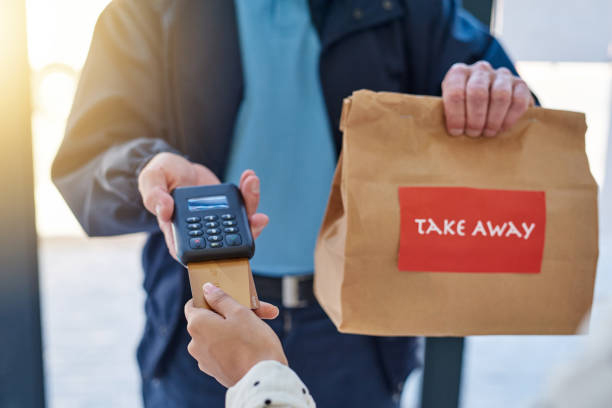
Newly Launched : Taking Food Delivery App to The Next Level of Expectation
Online food ordering has already disrupted the food ordering and delivery process in restaurants. No longer do customers have to yell their orders into the phone and explain their orders to the restaurant. It also prevents missed orders due to busy phone lines or lack of resources to monitor the phone. Restaurants are readily incorporating mobile food ordering app in their system to streamline the entire order receiving process.
Empirical data suggests that 70% of all food delivery or takeout orders are placed via mobiles as mobile phones are the most preferred medium for internet browsing. Therefore, we have designed an easily customizable, ready-to-use white label mobile food ordering app, which you can make your own for your restaurant. Find out how to run a successful Online Food Ordering campaign here.
Benefits of Mobile Food Ordering App
1. Customizable Layout : The tailor-made mobile app can be customized as per the theme of your restaurant. The mobile food ordering app features a customizable layout that is designed to match your restaurant’s theme and allows you to tweak the plan. The themed app also works well to promote your restaurant’s brand.
2. Real-time Menu : The menu updating feature allows you to make changes in the app in real time. This means that whenever a change is made in the POS menu at the restaurant outlet, the same is instantly reflected in the app menu. This ensures no mix-ups in the order and provides a quick and smooth ordering experience for the customers. It is an added advantage when you are running multiple outlets, and then, you will be able to avoid the need to update the menu in all your outlets.
3. Easy Ordering : The user-friendly User Interface (UI) of the Mobile Food Ordering App provides a smooth ordering experience for customers. Customers can select their preferred order type; if it’s a takeaway or a delivery order. Next, the app prompts customers to choose their location with an easy drop-down button. It allows customers to select their city and the local outlet before they proceed to the menu and place their order. To finalize the order, the mobile ordering app requests customers’ mobile numbers. A One Time Pin (OTP) gets generated to enable and complete the user profile creation process. Customers can save multiple addresses such as home address, office address, etc. Similarly, returning customers can create passwords to log in.
4. Customer Profiles : The app includes a customer profile section where the user saves his details. New users can register, log in and navigate to the ‘My Profile’ section to manage their details. The following information is available in the ‘My Profile’ section.
Saved address : Customers can save and manage multiple addresses, such as office address and home address, keeping them from the hassles of typing their address each time they order.
Saved Orders : All orders placed by the users are saved in the ‘Order History’ section that can be viewed anytime by them. Customers can go through the list and re-order their preferred items without having to remember those or to build a new order.
Favorite Orders : ‘Favorite Orders’ section lets customers view the saved orders and mark their orders as favorites to assist them place orders with just one click in future. The app facilitates One-Touch-Ordering, where the customer can placer a previously ordered item, to be delivered to a pre-saved address in a single click. It saves the hassle of selecting the type or order and outlets, browsing the menu, and retyping their details again.
Reviews and feedback : The app also contains reviews and feedback section which allows customers to provide their feedback for the restaurant. The app furthermore gives customers the flexibility to write their feedback in their own time, thus, increasing customer delight. All reviews are directly sent to the restaurant owners and managers which help them seek insights, and analyze customer experience and expectations.
5. Push Notifications : You can further improve your customer engagement with the push notification feature through the Mobile Food Ordering App. It allows you to send and promote updates on latest deals, offers, and discounts through right to your customers’ mobile phones. This is also a great marketing tool as it comes handy in updating your customers about new items, new product updates, and new combo, etc., introduced to the menu.



